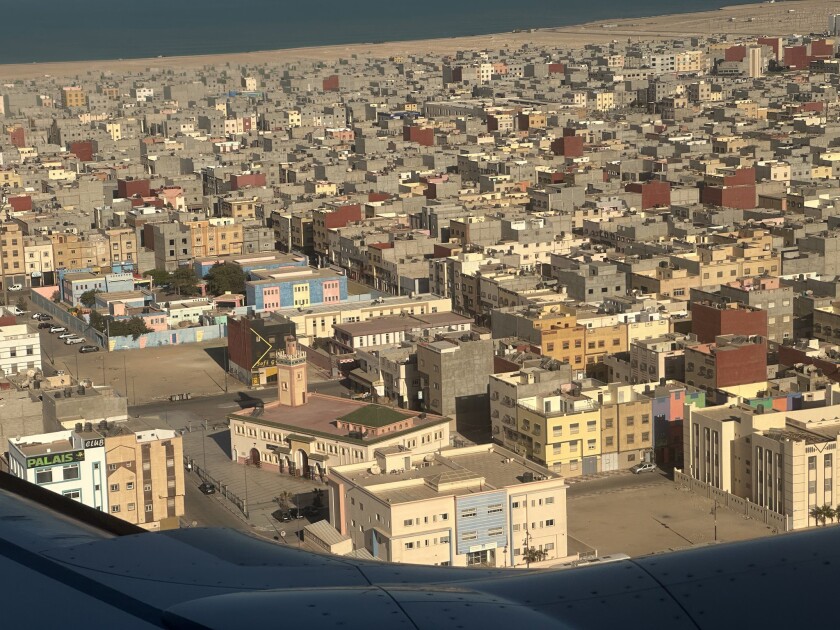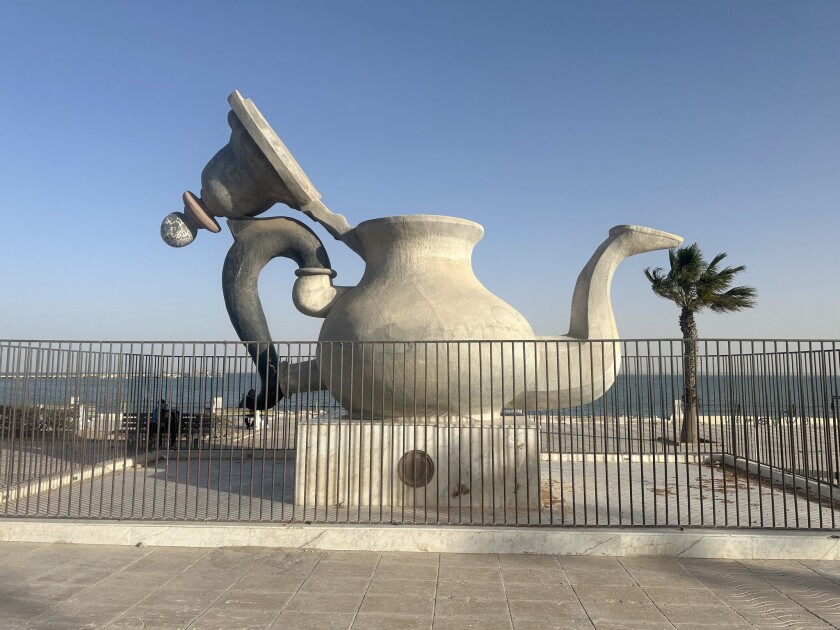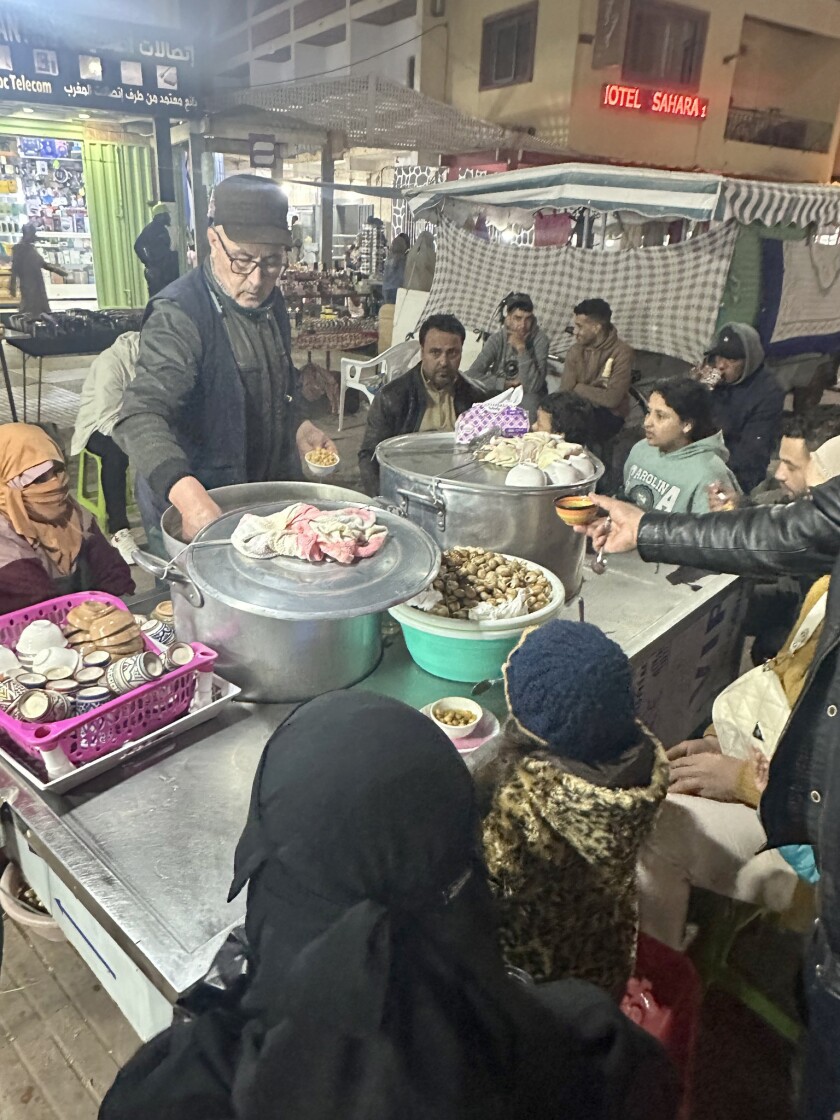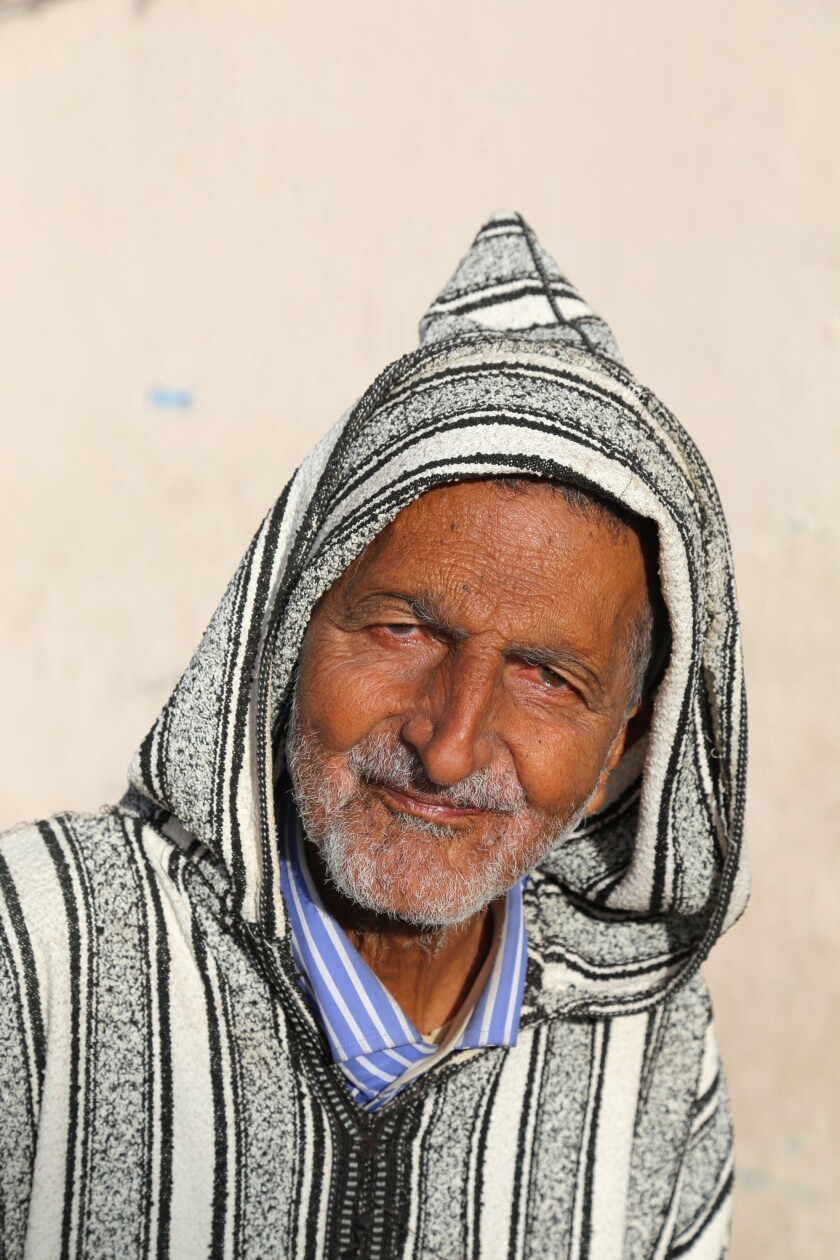Editor’s note: Retired judge John P. Smith, who lives in Nevis, will share his traveling adventures with the Enterprise, as he concludes the last leg of his quest.
“If you put the federal government in charge of the Sahara Desert, in five years there’s be a shortage of sand.” ~ Milton Friedman
In the quest to get to every country in the world, there are sometimes detours due to the difficulty of getting visas and the timing of modes of transportation. That means that a person may need to find alternative places to visit.
One of the more difficult places to visit is the sparsely populated territory known as Western Sahara. The second most sparsely populated territory in the world (Greenland), it consists mainly of desert flatlands.
Anyone who has played the board game Risk will recognize this area in northwest Africa located between Mauritania to the south and east and Morocco to the north.

Morocco and Western Sahara were formed when the French and the Spanish divided between themselves in 1912 with France claiming the area that became Morocco and the Spanish claiming what is now Western Sahara.
Formerly known as Spanish Sahara until 1975, it became Western Sahara when Spain relinquished administrative control of the territory to a joint administration by Morocco and Mauritania.
As one might expect, a war erupted between the two countries and a nationalist movement known as the Polisario Front emerged.
In 1979, Mauritania withdrew its claims, and Morocco took over control over most of the territory. However, the UN considers the Polisario (SADR) the legitimate representative of the Sahrawi people of Southern Western Sahara. 46 out of 193 UN members recognize the Sahrawi Arab Democratic Republic (SADR). The U.S., under Donald Trump, was the first country to recognize Morocco’s unilateral annexation of Western Sahara.
ADVERTISEMENT
Morocco still administers most of the territory except in the extreme south of the territory. Western Sahara remains the last African colonial state that has not achieved independence. The tug of war between Morocco’s claim of sovereignty and the desire of Sahrawi people for independence continues. The U.S. recognized Morocco’s claims to Western Sahara in exchange for Morocco’s normalization of relations with Israel. The political fortunes of Western Sahara will depend on the shifting sands of the political landscape.

Dahkla, a city of 100,000, is located on a peninsula on the coast of the Atlantic Ocean. Its small airport has one gate and few flights.
Dahkla’s resorts constitute the main attraction, featuring many water activities and extensive beaches. Other than the beaches, the landscape consists almost entirely of sand dunes.
The pleasant city of Dahkla features pleasant parks and an active market. The market comes alive in the evening when the temperatures cool down and it seems as though families going to the market in the evening forms the most popular activity for the local population.

Since water surrounds the city on three sides, seafood abounds in the market and the restaurants. One delicacy in most parts of the world, escargot (i.e. snails), costs about 50 cents for two cups. A real treat for escargot aficionados! If you like more traditional seafood, the restaurants serve healthy portions, which will satisfy any hunger.

Primarily a Muslim area, people are tolerant of strangers and women seem to be less restricted than in many Muslim countries.
The area uses the Moroccan Dirham as the official currency.
ADVERTISEMENT
People speak primarily Arabic, but most speak and understand both French and English as well.
Extremely safe, Dahkla makes for an interesting and unusual place to visit. As a U.S. citizen, Morocco permits entry without a visa, which makes for a hassle-free trip. If you are looking for an out-of-the-way destination and you enjoy water sports, such as fishing, sailing, boating and swimming, this may be a place to explore.













